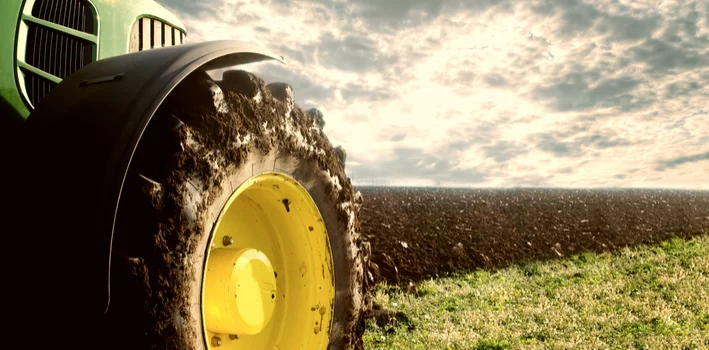How does digestate spreading recharge your soil

By turning waste crops and paper into a product called biochar and using this alongside a digestate product would allow farmers to capture more carbon from the atmosphere. This results in the carbon becoming stored in the soil, which in turn nourishes and enriches the farmland.
Due to globalisation and industrialisation disrupting the cycle of farming, practices have been driven to evolve and as a result, the circular industry has been altered. Historically, agriculture was circular, with crops using nutrients in the soil to grow which are them replenished through the use of compost, digestate of manure. Now scientists are looking for new ways to approach the lack of nutrients in the soil to support farming services and ensure the longevity of the practice.
Sustainable crop production could be improved through integrated farm systems, which more accurately balance livestock and crops. Farmland has the capability to absorb carbon and one way to promote this is through the use of biochar.
What is biochar?
Biochar is formed of biomass, which includes crop waste, wood, sewage sludge and waste paper. It is then heated to between 400 to 800° C, with limited oxygen present to form a charcoal-like product which can then be added to the soil. This both stores carbon and interacts with microbes already in the soil. This allows the microbes to improve their capability to absorb nutrients and carbon, which when used in tangent with digestate can truly supercharge growth capability.
Effects of biochar
Research into the effects of biochar on crop yields has revealed a range of positive results, although some have also demonstrated negative results too. Tests have demonstrated the effects of biochar on soil when used following another process, which leads to the use of the CreChar product. This is compiled of paper waste, combining carbon materials and mineral nutrients which are used within additive biogas production.
The end result of the biogas process is the creation of digestate, a well-known crop optimiser which is both economically friendly and can result in increased yields when used correctly. This is best used as an organic fertiliser instead of mineral fertilisers created used fossil fuels and can reduce carbon emissions. Therefore combining your digestate spreading efforts with biochar could result in a hugely increase output from our crops and make the process overall more profitable.
Digestate spreading services
In order to reap the rewards of digestate spreading, it is important to carefully manage the level of nutrients within the soil and align these with the nutrients in the digestate product. To best preserve these, it is recommended that you invest in a storage tank, silo or lagoon, dependant on size required, to preserve the gasses in the digestate prior to spreading. This also allows you to store your digestate product for longer to ensure that you are performing spreading activities during the optimum growth portion of the crops, reduce contamination to the product and prevent run-off from fields causing pollution to the local environment.





